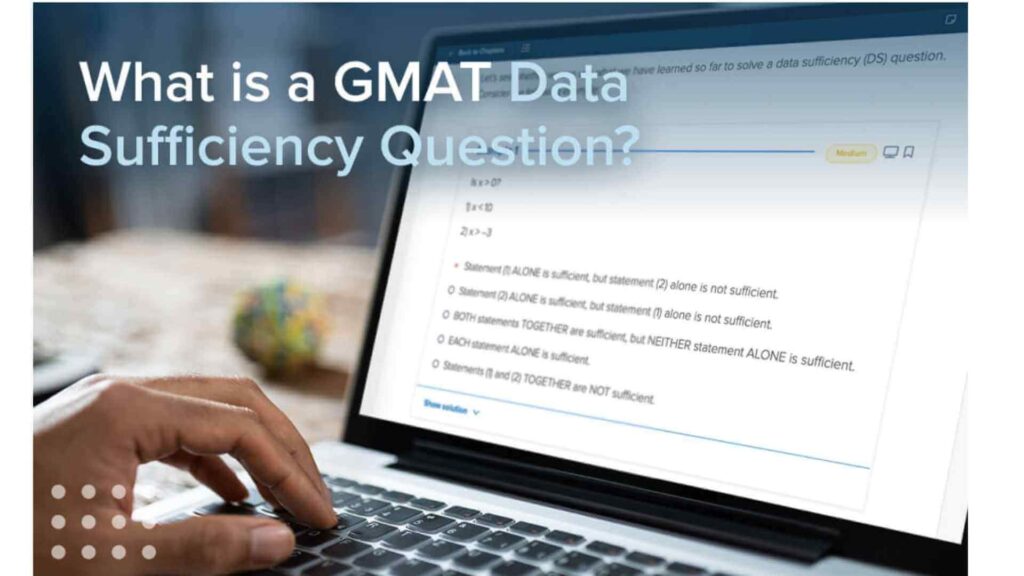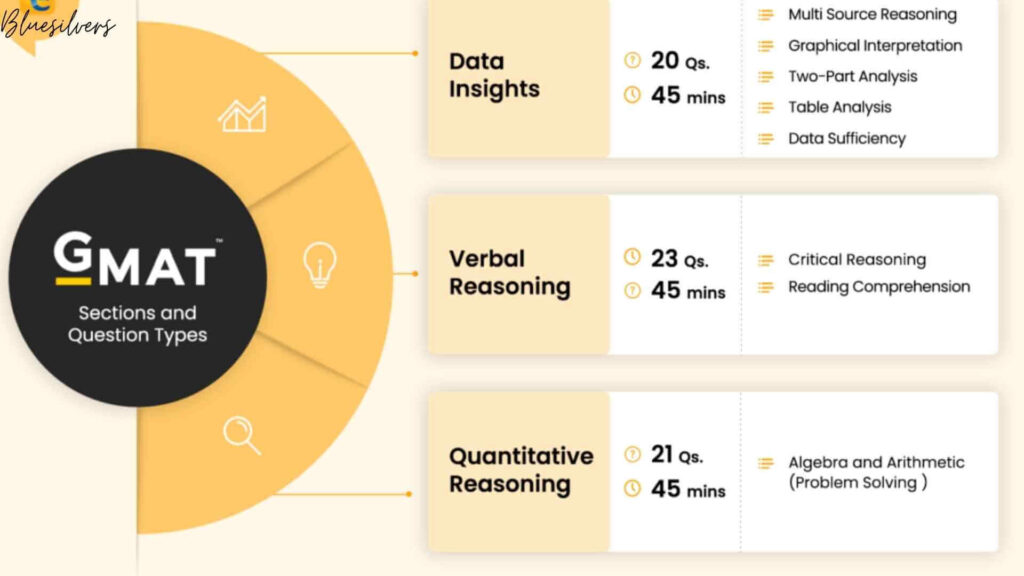Tactics for GMAT Analytical Writing
The Graduate Management Admission Test (GMAT) includes an Analytical Writing Assessment (AWA) section designed to evaluate a candidate’s ability to think critically and communicate ideas effectively through writing. This section presents an argument that you are required to analyze and critique within 30 minutes.
Table of Contents
Structure of the GMAT Analytical Writing
In the AWA section, you will encounter a single task: the Analysis of an Argument. You will be presented with a brief argument that presents a conclusion based on certain premises. Your objective is to critically assess the argument’s logical soundness, identify any underlying assumptions, and evaluate the strength of the evidence provided.
Sample GMAT Analytical Writing Prompt

Consider the following example:
“The following appeared in a memorandum from the planning department of an electric power company: ‘Several recent surveys indicate that homeowners are increasingly eager to conserve energy and that many are willing to implement inexpensive energy-saving measures. However, the adoption of more costly measures, such as installing solar panels, has been much slower. Therefore, the company should focus its conservation efforts on promoting inexpensive energy-saving solutions to homeowners.'”
Discuss how well-reasoned you find this argument. In your discussion, be sure to analyze the line of reasoning and the use of evidence in the argument. For example, you may need to consider what questionable assumptions underlie the thinking and what alternative explanations or counterexamples might weaken the conclusion.
Approach to Writing the GMAT Analytical Writing Essay

- Understand the Argument: Begin by carefully reading the argument to comprehend its main conclusion and the evidence supporting it. Identify any assumptions that the argument relies upon and note any logical gaps or weaknesses.
- Plan Your Response: Allocate a few minutes to outline your essay. A typical structure includes:
- Introduction: Restate the argument and clearly state that it is flawed due to certain reasons.
- Body Paragraphs: Each paragraph should focus on a specific flaw or assumption in the argument. Provide evidence or reasoning to support your critique.
- Conclusion: Summarize your analysis and suggest ways the argument could be strengthened or what additional information would be necessary to make it more convincing.
- Write the Essay
- Introduction: Paraphrase the argument and state your thesis, indicating that the argument is unconvincing due to specific flaws.
- Body Paragraphs:
- First Paragraph: Identify the primary assumption in the argument. For instance, in the sample prompt, the argument assumes that homeowners’ reluctance to adopt costly measures is solely due to their expense, without considering other factors such as lack of awareness or perceived inefficacy.
- Second Paragraph: Discuss another flaw, such as the lack of evidence supporting the claim. The argument cites surveys indicating homeowners’ willingness to conserve energy but does not provide specific data or context for these surveys.
- Third Paragraph: Present alternative explanations or counterexamples that weaken the argument. For example, homeowners might be interested in costly energy-saving measures but face barriers like installation challenges or insufficient incentives.
- Conclusion: Summarize the main points of your critique and suggest what additional information or research could strengthen the argument. For instance, conducting comprehensive studies to understand homeowners’ motivations and barriers regarding energy conservation measures would provide a more solid foundation for the company’s strategy.
- Review and Revise: If time permits, review your essay for clarity, coherence, and grammatical accuracy. Ensure that your critique is logical and that each paragraph transitions smoothly to the next.
Tips for Success

- Focus on Logical Analysis: The AWA is not about agreeing or disagreeing with the argument’s position but about evaluating its logical soundness.
- Be Specific: Use specific examples and reasoning to illustrate the flaws in the argument.
- Practice Regularly: Familiarize yourself with common logical fallacies and practice writing essays to enhance your analytical writing skills.
- Manage Your Time: Allocate time for planning, writing, and reviewing to ensure a well-structured and polished essay.
By following this structured approach and focusing on critical analysis, you can effectively tackle the GMAT Analytical Writing Assessment and demonstrate your ability to evaluate arguments and communicate your analysis clearly.
Sample GMAT Analytical Writing Question
GMAT Essay practice question
The following appeared as part of an article in a trade magazine:
“During a recent trial period in which government inspections at selected meat-processing plants were more frequent, the number of bacteria in samples of processed chicken decreased by 50 percent on average from the previous year’s level. If the government were to institute more frequent inspections, the incidence of stomach and intestinal infections throughout the country could thus be cut in half. In the meantime, consumers of Excel Meats should be safe from infection because Excel’s main processing plant has shown more improvement in eliminating bacterial contamination than any other plant cited in the government report.”
Discuss how well reasoned . . . etc.
Solution
The argument presented in the article claims that more frequent government inspections at meat-processing plants could halve the incidence of stomach and intestinal infections nationwide. It also asserts that consumers of Excel Meats can feel secure because the company’s main processing plant has reportedly shown the greatest improvement in reducing bacterial contamination. While the argument appears logical at first glance, it is flawed in several critical respects and relies on unsubstantiated assumptions that weaken its overall validity.
First, the argument assumes a direct causal relationship between frequent government inspections and the reduction of bacterial contamination at meat-processing plants. While the correlation between increased inspections and a 50% decrease in bacteria levels is noted, correlation does not imply causation. Other factors, such as improved sanitation practices, employee training, or technological advancements at the plants, could have contributed to the reduction in bacterial contamination during the trial period. Without ruling out alternative explanations, the argument overstates the effect of government inspections alone.
Second, the claim that halving bacteria levels at processing plants would translate directly to a 50% reduction in stomach and intestinal infections nationwide is overly simplistic. The argument overlooks other potential sources of bacterial contamination, such as improper handling, transportation, storage, or preparation of meat. Even if meat leaves processing plants with minimal bacterial contamination, unsafe practices downstream in the supply chain could still result in infections. Therefore, the assertion that increased inspections would have a proportional impact on nationwide infection rates is speculative and unsupported.
Third, the argument’s claim regarding the safety of Excel Meats is based on incomplete evidence and selective reporting. The statement that Excel’s main processing plant has shown the greatest improvement in eliminating bacterial contamination does not necessarily mean that its products are free from harmful bacteria or safer than others. Improvement is a relative measure and does not guarantee that Excel Meats meets all safety standards. Additionally, the argument does not provide any data about Excel’s baseline contamination levels or compare them to industry averages, leaving the reader unable to assess the actual safety of Excel’s products.
Fourth, the argument assumes that findings from a selected group of processing plants during the trial period are representative of all meat-processing plants nationwide. It is unclear whether the trial period included plants of varying sizes, capacities, and practices or whether it targeted plants with specific issues. If the selected plants were not representative, the results of the trial cannot be generalized to support the conclusion that nationwide inspections would achieve similar results.
To strengthen the argument, the author could provide additional evidence and address the identified weaknesses. For instance, presenting data that isolates the impact of inspections from other variables would bolster the claim of causality. Similarly, including evidence that links reduced bacterial levels at processing plants to lower infection rates in consumers would substantiate the claim about the public health benefits of inspections. Finally, a comprehensive analysis of Excel Meats’ safety practices and performance relative to industry standards would lend credibility to the assertion of its safety.
In conclusion, while the argument raises an important issue about food safety and the potential benefits of government inspections, it is weakened by unsubstantiated assumptions, incomplete evidence, and oversimplified reasoning. Addressing these flaws with more robust data and careful analysis would significantly improve the persuasiveness of the argument.
For further practice and to explore a variety of AWA topics, consider reviewing the official list of Analysis of an Argument questions provided by GMAC: MBA.com
This resource offers a comprehensive collection of prompts that can aid in your preparation.
Additionally, studying high-scoring sample essays can provide insight into effective writing strategies. Manhattan Review offers examples of well-crafted AWA essays:
Remember, consistent practice and a clear understanding of the AWA requirements are key to achieving a high score on this section of the GMAT.





